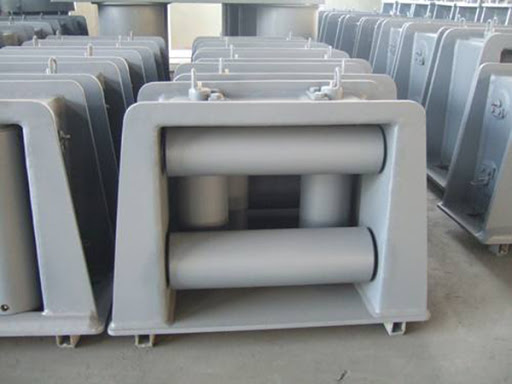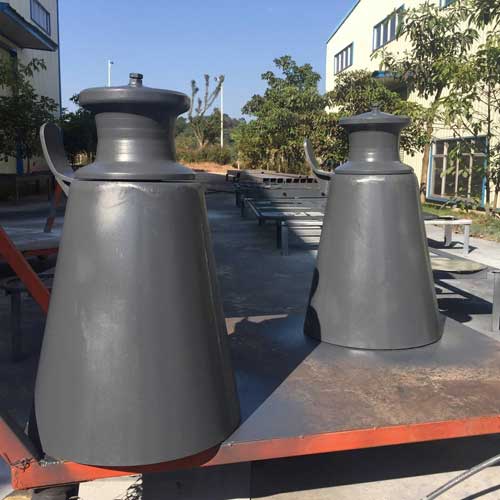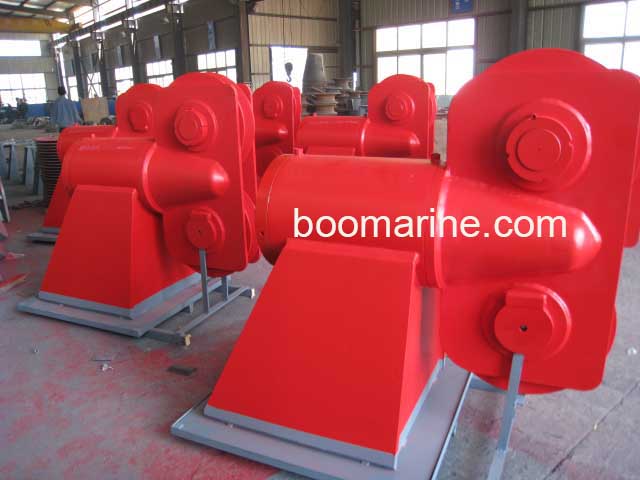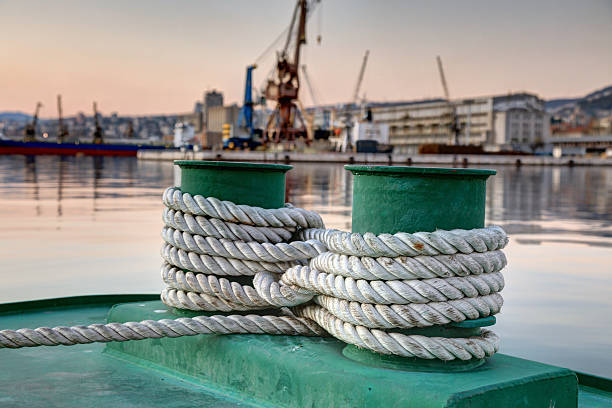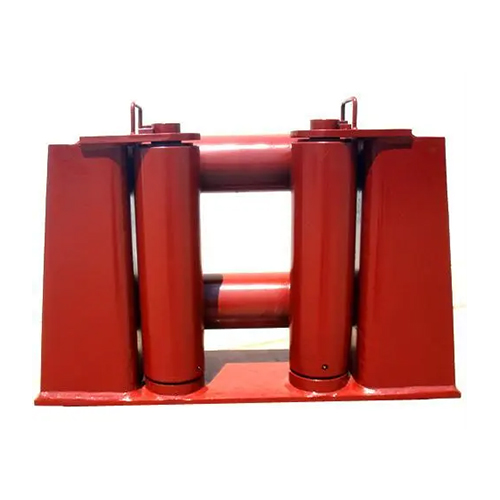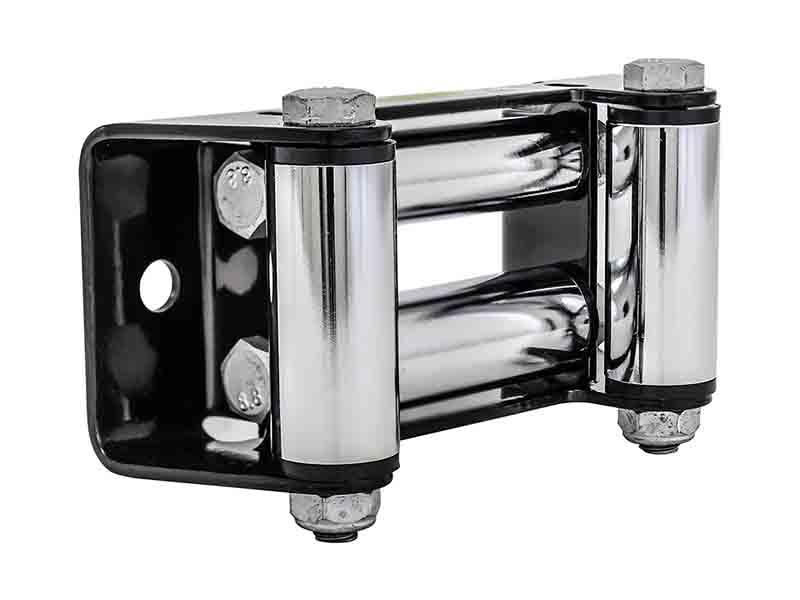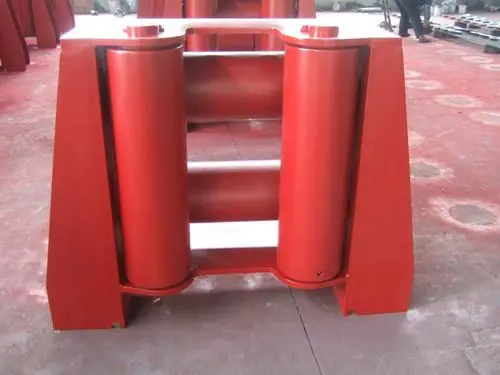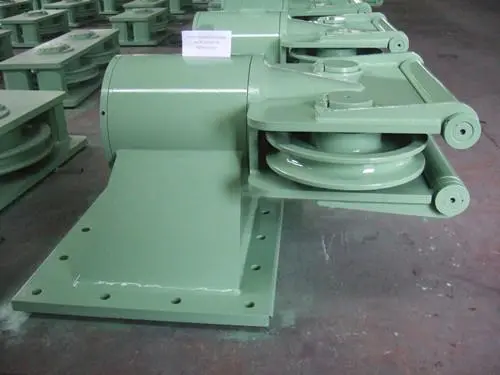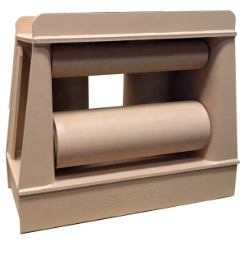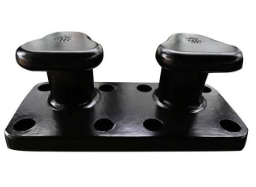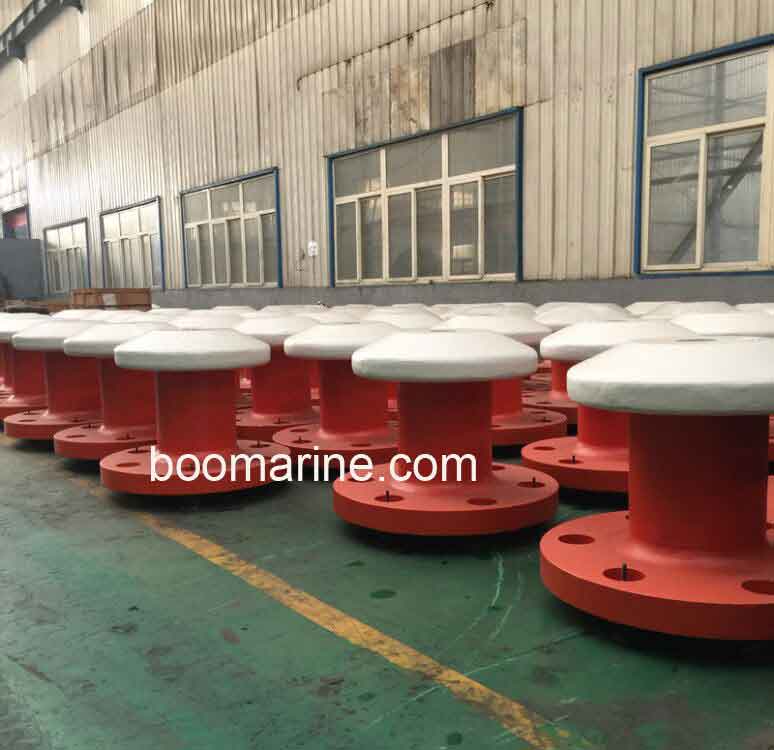Table of Contents
Roller fairleads are mechanical devices used in various industries to guide and manage the movement of cables, wires, or ropes. They consist of multiple cylindrical rollers positioned side by side, forming a channel or pathway through which the cables can pass. The rollers reduce friction and prevent wear and tear on the cables, ensuring smooth and efficient operation.
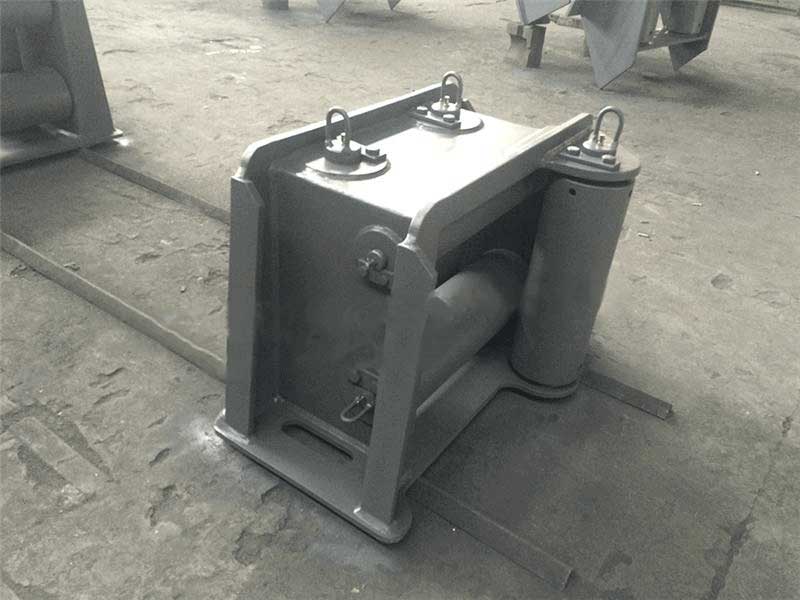
Importance of Maintenance and Safety
Proper maintenance and safety considerations are crucial for the effective and safe functioning of roller fairleads. Regular maintenance helps in identifying and addressing potential issues before they escalate into serious problems, ensuring the longevity of the equipment and preventing costly breakdowns. Additionally, adhering to safety protocols during maintenance and operation minimizes the risk of accidents and injuries to personnel, which is of utmost importance in industries where heavy loads and high tensions are involved.
3 Types of Roller Fairleads
Horizontal Roller Fairleads
Horizontal roller fairleads are commonly used in applications where cables need to be redirected horizontally, such as in ship mooring operations. They are mounted horizontally on the deck or structure and provide a smooth pathway for cables to traverse without any abrupt changes in direction.
Vertical Roller Fairleads
Vertical roller fairleads are utilized when cables need to be guided in a vertical direction, such as in lifting and hoisting operations. They are installed vertically on structures like cranes or derricks, enabling the safe and controlled movement of cables in these applications.
Swivel Roller Fairleads
Swivel roller fairleads are designed to rotate, allowing cables to be guided through changing angles. They find applications in scenarios where cables are subjected to dynamic forces or where their direction needs to be adjusted frequently. Swivel fairleads are commonly used in towing operations and anchor handling on ships.
Common Applications of Roller fairleads in Maritime and Offshore Industries
- Ship Mooring: Roller fairleads are used to guide and secure mooring lines, enabling safe docking and anchoring of ships.
- Towing: They are employed in towing operations to guide towing lines and cables, ensuring smooth and controlled movement of vessels.
- Anchor Handling: Roller fairleads assist in handling and guiding anchor chains on offshore support vessels and rigs.
- Winching Operations: In various maritime operations, roller fairleads help manage the movement of cables during winching activities.
Maintenance of Roller Fairleads
1. Regular Inspection
Visual Inspection: Regularly inspecting roller fairleads for signs of wear, damage, or misalignment is essential. Look for cracks, deformation, or any abnormalities that may affect their performance.
Lubrication Check: Ensure that rollers and bearings are adequately lubricated to reduce friction and prevent corrosion.
2. Cleaning and Corrosion Prevention
Keep roller fairleads clean from debris, salt, and other contaminants that could impede their operation. Applying protective coatings can help prevent corrosion in corrosive environments.
3. Replacement of Worn Components
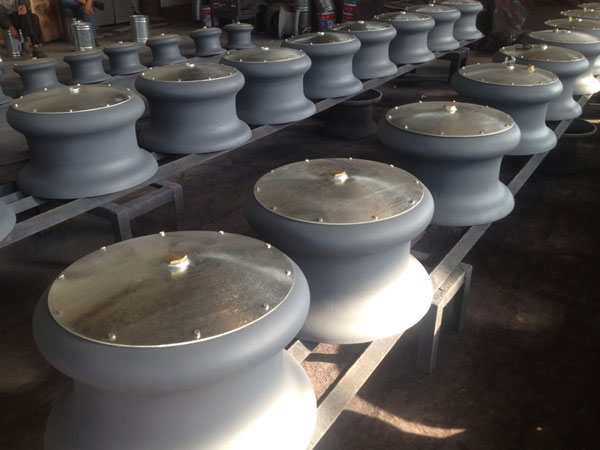
- Rollers: Replace rollers that show signs of wear or damage to maintain smooth cable movement.
- Bearings: Worn or faulty bearings should be promptly replaced to ensure the rollers can rotate freely.
- Shafts and Fasteners: Regularly check and tighten shafts and fasteners to avoid loosening or misalignment issues.
4. Maintenance Scheduling and Records
Implement a maintenance schedule and keep detailed records of maintenance activities, including inspections, repairs, and component replacements. This documentation can help track the equipment’s history and aid in identifying recurring issues.
Safety Considerations for Roller Fairleads
1. Safety Precautions during Maintenance
- Lockout-Tagout Procedures: Prior to maintenance, follow lockout-tagout procedures to isolate and de-energize the roller fairleads, preventing accidental movement during work.
- Personal Protective Equipment (PPE): Personnel involved in maintenance tasks should wear appropriate PPE, such as gloves and safety goggles, to protect against potential hazards.
2. Load Limits and Capacity
- Understanding Safe Working Load (SWL): Adhere to the manufacturer’s guidelines regarding the maximum load capacity of the roller fairleads to avoid overloading.
- Avoiding Overloading: Ensure that the cables being used do not exceed the SWL of the roller fairleads to prevent equipment failure and accidents.
3. Proper Installation and Alignment
- Ensuring Correct Alignment: During installation, ensure the roller fairleads are properly aligned to avoid cable misalignment and excessive wear.
- Adequate Support Structures: Verify that the supporting structures are robust enough to handle the loads and forces applied to the roller fairleads.
4. Regular Testing and Certification
- Load Testing: Periodically conduct load testing to verify the roller fairleads’ performance under simulated operational conditions.
- Compliance with Industry Standards: Ensure that the roller fairleads meet relevant industry standards and certifications for safety and performance.
Conclusion
Proper maintenance and safety considerations are essential for the effective and safe operation of roller fairleads. Regular inspection, cleaning, and replacement of worn components contribute to the longevity of the equipment and prevent unexpected failures. Adhering to safety precautions during maintenance and operation reduces the risk of accidents and injuries. Moreover, understanding load limits and capacity, proper installation, and adherence to industry standards enhance the overall reliability and safety of roller fairleads in various industries and applications.

